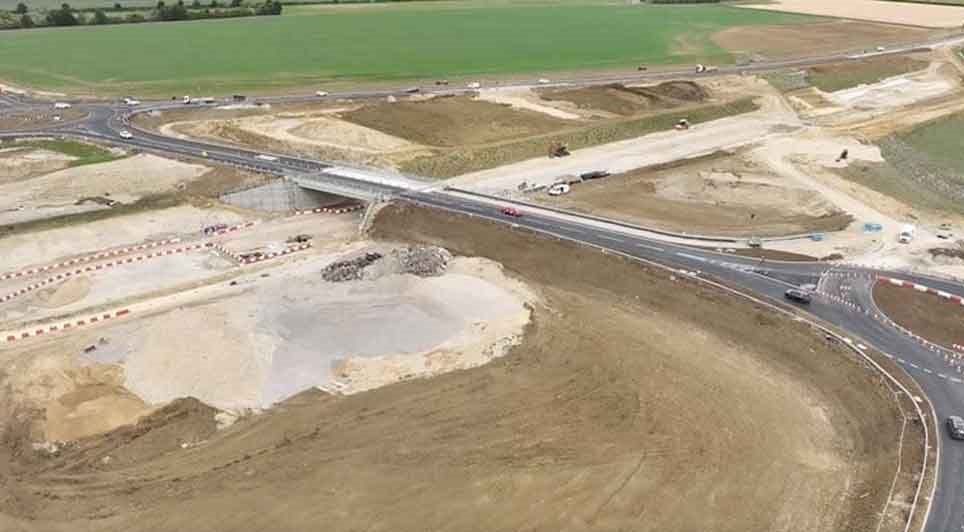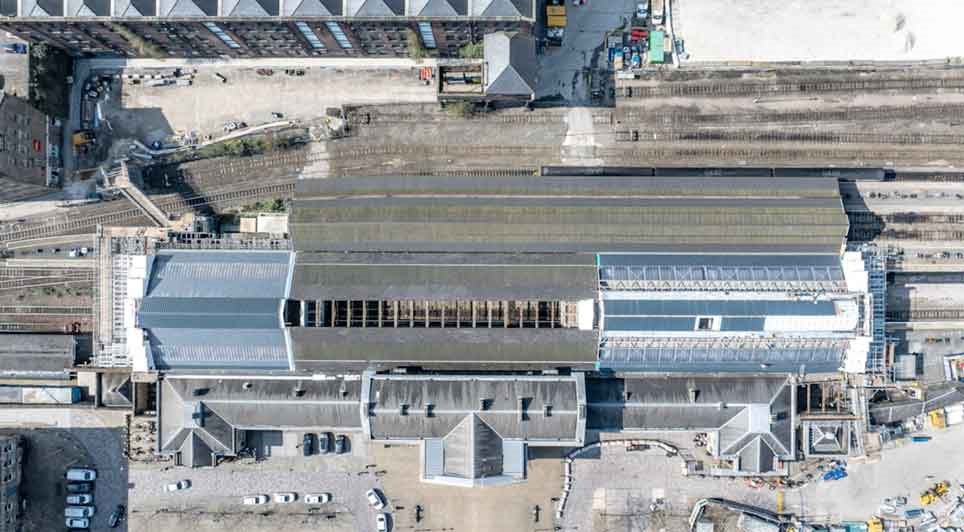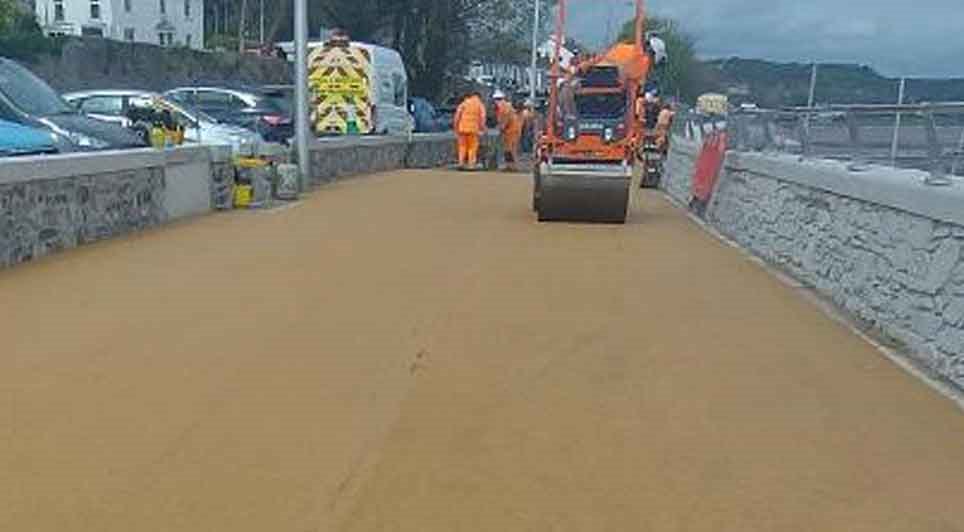It is required in vast quantities - to give some idea, the Winsford Rock Salt Mine in Cheshire, the UK's largest producer, annually supplies around one million tonnes.
During the second exceptional period of cold weather in the last twelve months, UK politicians have again been exposed to rigorous questioning on national preparedness. The correct storage and application of salt is a major aspect of this. Retaining it in properly designed buildings prevents loss from rainfall, avoids pollution and facilitates efficient spreading. In July 2009, the UK Roads Liaison Group (UKRLG) issued a report from its Winter Service Review task group to the Secretary of State for Transport examining the conditions of winter 2008/9. Various actions were recommended for highway authorities, producers and suppliers of salt, to achieve "winter service resilience". More resources, especially of salt, should be made available to respond to serious conditions (Recommendation 8).
At least six-day's worth of salt for LA's and thirteen day's worth for Highways Agency depots were the officially recommended targets. In practice, some scarcely had this amount, whilst others had wisely laid up much greater quantities. However with the occurrence since 17 December 2009 of even worse weather, the adequacy is again under question. On 11 January 2010, Mr. Sadiq Khan, the Minister of State, DOT, stated in parliament that following the current episode, further reviews would be necessary. There are likely to be cost-benefit analyses of larger salt supplies, inferring a need for increased funding for salt barns.
According to the UK Salt Association, two weeks usage is a more reliable average target, varying according to local conditions. They also point out that low stocks potentially endanger response to late spring events. And they recommend that all de-icing salt should be stored under cover for three important reasons:
- Salt piles in the open air experience significant wastage of the material itself, through leaching
- Salt soaked randomly by the elements is far from an ideal de-icing material, having an uneven moisture content and poor consistency - approximately 50% excessive spread
- Piles on open concrete or asphalt bases cause serious local environmental degradation through concentrated brine run-off into drains, surrounding soils and watercourses
The natural strength and alkali-resistance of laminated coniferous timber are the main reasons for many LA's and highways authorities preferring these designs. The life expectancy of both steel and reinforced concrete salt stores is far lower – the former because of corrosion, only preventable by heavy galvanising and regular painting, the latter because of spalling and reinforcement corrosion.
As well as updating guidance on design methods using European Standards, the GLTA is issuing a new Data Sheet on laminated timber in salt stores and other aggressive environments. This will cover the more technical issues, and justify the above claims by citing structures that have been in continuous use for industrial salt for more than ninety years.
For further information Tel: 01494 565180 or visit: www.glta.co.uk
 UK
UK Ireland
Ireland Scotland
Scotland London
London




















